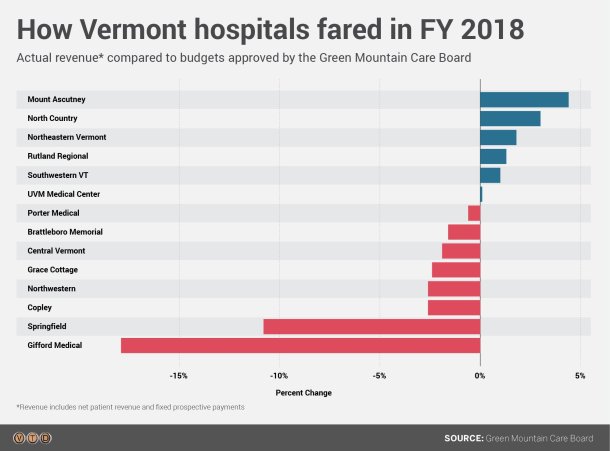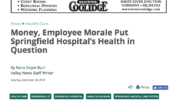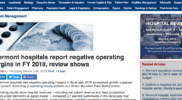The Centers for Medicare and Medicaid Services (CMS)recently issued an annual evaluation report on the State Innovation Models Initiative. which formed the subject of a recent press release by Gov. Phil Scott.
According to the report, the Vermont ACO All-Payer model reduced increases in emergency department visits and/or inpatient admissions, and was the only state model that yielded Medicaid savings (that is, $97 million over the three implementation years relative to spending for an in-state comparison group).
However, this does not seem accurate based on our ongoing investigation.
The premise behind the ACO model is that when ACOs become accountable for the quality of health care and costs for a group of beneficiaries, doctors and other healthcare providers will receive more incentives to coordinate care. Additionally, the shared savings will give them more resources to invest in health services that are cost effective. An increased focus on better coordinating and managing care should result in fewer avoidable hospitalizations, fewer inpatient admissions, and fewer ER visits. Accordingly, primary care use should increase as ACOs engage in such care management.
However, during this period in Vermont, the utilization rates of primary care physicians and specialists have decreased in the overall Medicaid population (around 7.5 percent for those under 17 years and around 15 percent for those over 18 years of age). Moreover, substance use disorder and mental health services have also reduced in the adult population.
Critics might argue that these services are being used less because the VT’s model is working and the population has become healthier. CDC data disagrees. According to the CDC, Vermont’s mortality rates (cancer, cardiovascular disease, drug- and injury-related) rose between 2016-18 when the CMS states that VT saved $97 million for its Medicaid population.
We ought to look specifically at the mortality rates for Vermont’s Medicaid population alone but this data is not collected by the State of Vermont. We contacted the Dept. of Health and the Dept. of Health Access and were informed that mortality data for Vermonters using Medicaid cannot be produced. Why? No idea.
At present, it appears that utilization rates of key health services have decreased while mortality rates have increased. This means that any savings produced are not due to increased preventative care, but as result of hospitals cutting services and letting go of staff. There is ample evidence for the latter as the vast majority of VT hospitals are insolvent.









